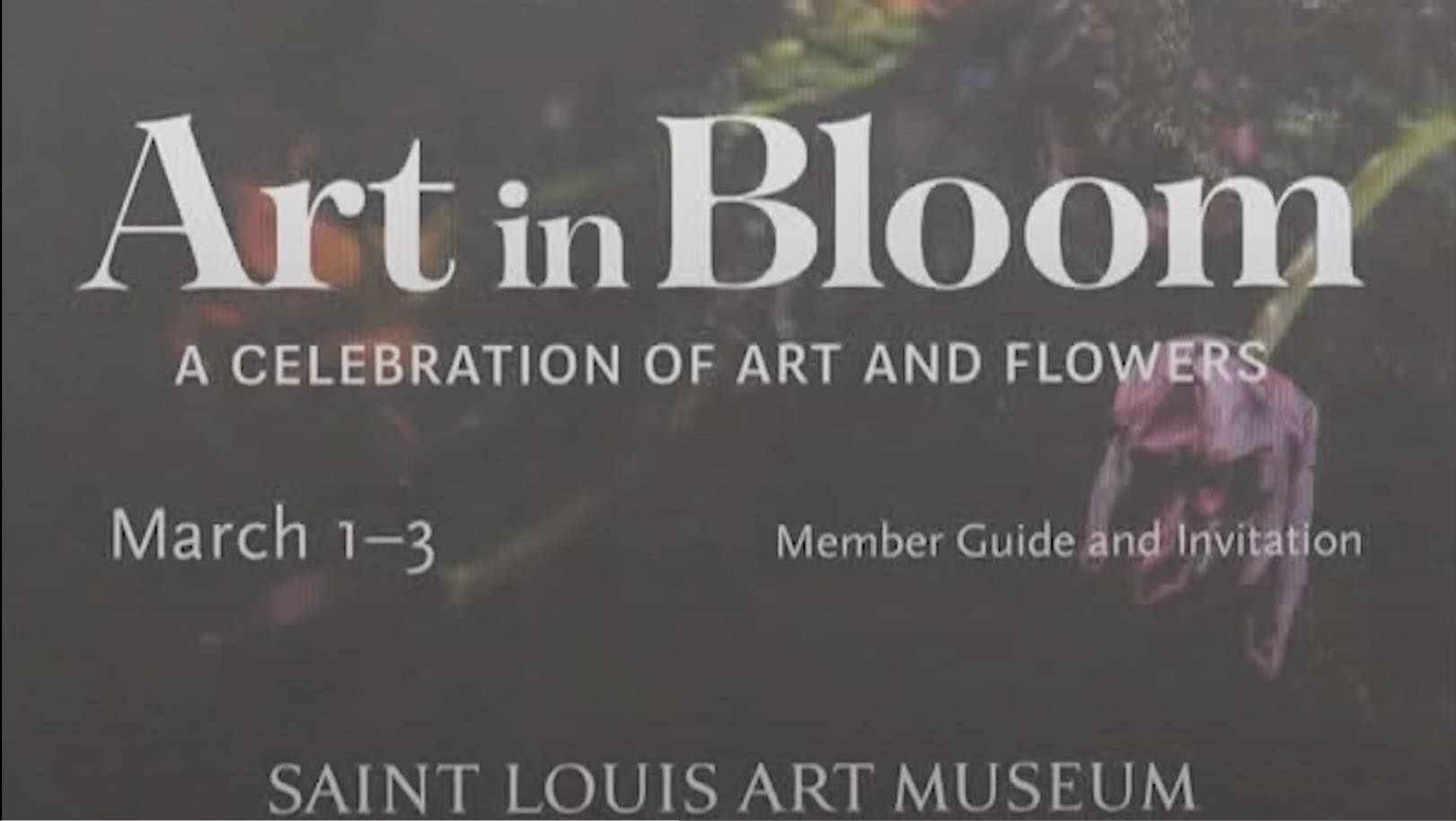The Botanical Garden hosts showcase of Japanese heritageBy: Jacob Hight

– Graphics Editor –
Each year during Labor Day weekend, sumo wrestlers collide, kimonos are donned, and obis tied as the Missouri Botanical Garden hosts its annual Japanese Festival.
From Sept. 4 through the 6, sumo matches, kimono fashion shows, taiko drumming, puppet shows, authentic Japanese food, Bon Odori dancing, tea ceremonies, Zen, bonsai and ikebana exhibitions can all be experienced first hand at the Missouri BotanicalGarden.
“[The Japanese Festival] is really considered the premier festival of its kind in the States… we’re very fortunate to have the help of the [Japan American Society of St. Louis]… people come from all over for this festival; we have families that come every year,” said Lynn Kerkemeyer, special exhibit manager for The Missouri Botanical Garden.
Families aren’t the only groups that come every year. STLCCMeramec graphic design student, Jessica Terrell said she “tries to come every year,” and was at the festival with her friends including Meramec general transfer student Peter Seidler, who was at the festival for the first time.“
I wasn’t expecting much, but I really like it,” said Seidler, who participated in a Dashi Procession with his friends, helping pull a shrine containing members of St. Louis Osuwa Taiko from their performance to a make-shift Japanese candy store, where participants could purchase Japanese candy with gifts of Japanese play-money.
The Missouri Botanical Garden has been hosting the Japanese Festival since 1977, the year The Garden dedicated it’s 14-acre Japanese Garden, named “Seiwa-en” (the “Garden of pure, clear harmony and peace”) by its famed designer Koichi Kawana, Ph.D.
In the Japanese Garden, guests could participate in a traditional tea ceremony. The ceremony is held in a Shinto-consecrated teahouse that, while a permanent feature of the garden, is only open to the public during the festival.
On a temporary Yagura stage, the Japanese Garden showcased Bon Odori dancing, a traditional form of festival dancing rooted in the Buddhist “Ullambana Sutra.” Marissa Montgomery has been dancing Bon Odori for 11 years, since 3 years old.
“I love seeing everyone come together for the dancing,” she said.
After the program, St. Louis Bon Odori instructors Tozan Yume Yoen and Yogiku lead guests in several traditional dances as well as novel dances such as a “Pokemon” dance and a dance to the tune of “Meet Me in St. Louis.”
The Japanese Garden was also outfitted with lanterns for an evening candle-lit walk. However, Meramec student Evan Culbertson chose karaoke in the Shoenberg Theater instead.
“It was terrifying, but cathartic in a way,” said Culbertson who sang “Since you’ve been gone,” by Kelly Clarkson. It had been a few years since Cublertson had been at the festival as a guest.
“I used to work for the festival making okinomiyaki. Think pizza pancake,” he said. “My mother still cooks it for the festival.” Culbertson’s mother, Catherine Bradford, has been cooking okinomiyaki, yaki soba (fried noodles), and mugicha (barley tea) at the Japan America Society of St. Louis’s festival food booth since 2007.
“I saw Evan’s cello teacher behind the booth; she asked if I’d like to volunteer and I said ‘sure!’. It was great fun,” said Bradford, who not only has experience in restaurants, but also has food and sanitation certification.
The festival isn’t just food and fun. It is the most authentic of its kind in the U.S., Kerkemeyer said.











